A ball valve uses a round ball with a hole to control flow. The ball turns only a quarter of the way to open or close. This makes it fast and easy to stop liquids or gases. Ball valves are strong and last a long time. They can handle high pressure and heat. They also do not need much fixing or care.
Common uses are:
要点
Ball valves use a round ball with a hole that turns a quarter turn to quickly start or stop flow of liquids or gases.
They are strong, last a long time, and work well under high pressure and heat with little maintenance needed.
Different types and materials of ball valves fit various jobs, from home water systems to oil and chemical plants.
Ball valves seal tightly to prevent leaks but are not good for controlling flow speed or very slow flow.
Regular cleaning, lubrication, and inspections help ball valves last longer and avoid common problems like leaks or sticking.
What Are the Basics of Ball Valve Operation?
A ball valve operates by using a spherical disc (the ball) to control the flow of liquid or gas through it. When the ball’s hole is aligned with the flow, the valve is open; when the hole is perpendicular, the valve is closed.
What Is a Ball Valve
A ball valve uses a round ball with a hole to control flow. The ball lets liquids or gases move through when the hole lines up with the pipe. Groups like ANSI, ISO, and API have rules for ball valves. These rules help make sure ball valves are safe and work well. They set standards for how ball valves are made and tested. Ball valves must be strong enough for high pressure and heat. This helps them work in many tough jobs.
Ball valves only need to turn a quarter of the way to open or close. The ball inside turns 90 degrees to start or stop flow. This makes them quick and simple to use. Ball valves come in different shapes and sizes. They can handle high pressure and heat if made from the right materials.
仕組み
You use a handle or actuator to turn the ball valve. The handle is attached to a stem, which turns the ball inside. The ball has a hole called a port. When you turn the handle 90 degrees, the ball moves. If the hole matches the pipe, fluid goes through. If the solid part blocks the pipe, flow stops. The valve seat, often made from PTFE, seals around the ball. This stops leaks and protects the ball. The quarter-turn design makes shutting off flow fast and easy.
Tip: The quarter-turn design is great for quick on-off control.
主な特徴
Ball valves 持つ many parts that help them work well and last long. Each part has its own job:
コンポーネント | 機能 |
|---|---|
Valve body | Holds all the parts and keeps out rust and leaks. |
Ball | Turns to open or close the flow. |
Seats | Seal around the ball to stop leaks. |
Stem | Connects the handle or actuator to the ball. |
Handle | Lets you turn the ball by hand. |
Gland nut | Squeezes packing to stop leaks around the stem. |
Bonnet | Covers the stem and packing, helps with repairs. |
Seals | Stop leaks at joints and around the stem. |
Actuator | Moves the valve for remote or automatic use. |
Locking device | Stops the valve from being turned by mistake. |
Stem extension | Moves the handle or actuator farther from the valve. |
Stem protector | Protects the stem from damage or rust. |
Cavity filler | Fills space behind the ball to stop buildup. |
Drain valve | Lets fluid out for cleaning or repairs. |
Ball valves are liked because they are strong and easy to use. The ball inside controls flow by turning. The seal keeps water or gas from leaking when closed. The stem links the handle or actuator to the ball for good control. The valve body holds all the parts and keeps out rust, which is important for harsh fluids.
Ball valves are used in many places:
Residential: Used in homes to control water, heating, and garden watering. They help stop leaks and are simple to use.
Commercial: Used in fire safety and water systems where quick shutoff is needed.
Industrial: Used in oil and gas pipes, chemical plants, food factories, and medicine making. They handle high pressure and tough jobs, and must follow strict safety and cleanliness rules.
Ball valves give fast, clear control and last a long time with little care. Their design and features make them a top pick for many flow control jobs.
What Are the Different Types of Ball Valves and Their Materials?
Ball valves come in various types, including floating, trunnion-mounted, and multi-port. These types cater to different operational needs and fluid control requirements. Common materials for ball valves include stainless steel, brass, and plastic.
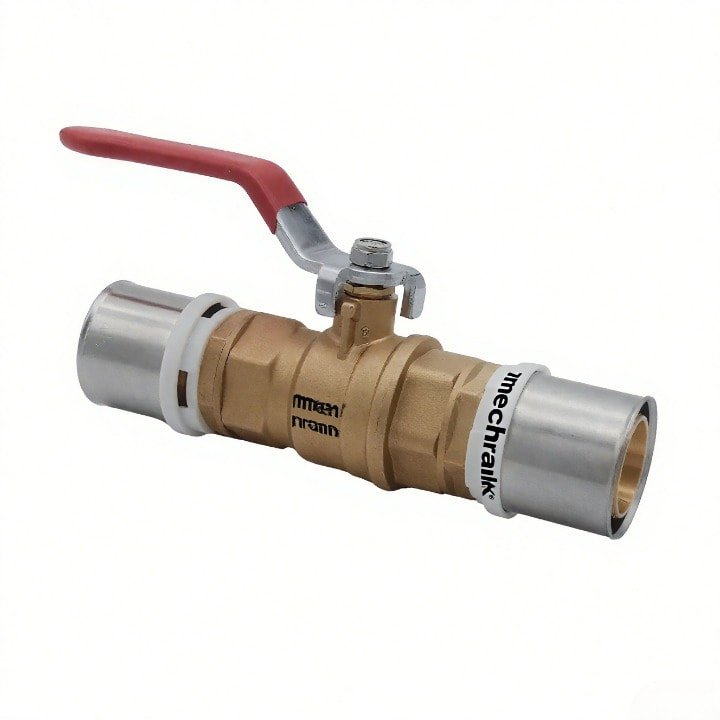
Main Types
Ball valves have different types. Each type works in its own way. The table below shows the main types and what makes them special:
Construction Type | 主な特徴 | Application Notes |
|---|---|---|
Small, cheap, made from one piece; hard to fix (often replaced) | Good for jobs that are not too tough | |
Two-Piece Ball Valve | Has two parts for easier fixing; strong and easy to use | Used in homes and businesses |
Three-Piece Ball Valve | Middle part holds ball, stem, seat; ends make fixing easy | Best for high-pressure and places needing lots of repairs |
Some other types are floating ball valves. These use pressure to seal. Trunnion ball valves have extra support for high pressure. V-port and multi-way ball valves help change flow direction or speed in tricky systems.
Bore Styles
Bore style changes how much liquid can go through. It also affects how much pressure drops. The table below compares the main bore styles:
Valve Type | Internal Diameter Relative to Pipe | Effect on Flow Rate and Pressure Drop | Typical Applications and Notes |
|---|---|---|---|
Almost as wide as the pipe (>95%) | Lets lots of liquid through; little pressure drop | Used in pipes that need fast flow, like oil and gas; stops build-up and keeps pressure high | |
Reduced Bore | Smaller than the pipe (<85%) | Slows down flow; more pressure drop | Used in small pipes or when you need to control flow; costs less |
V-Port Bore | Special shape | Gives very good flow control | Used where exact flow is needed, like in chemical or medicine factories |
Full bore valves let more liquid pass with less slowing down. Reduced bore valves cost less but slow the flow more. V-port valves help control flow better.
Actuation Methods
Ball valves can be opened or closed in different ways:
Manual actuation uses a hand lever or gearbox. Gearboxes help with big valves by making turning easier.
Electric actuators let you open or close valves from far away. They are good for big or high-pressure valves.
Pneumatic actuators use air. They work fast and are safe where explosions might happen.
Hydraulic and electro-hydraulic actuators give strong turning power and good control. These are used for heavy or important jobs.
Tip: Pick how to open the valve based on its size, pressure, and how often you need to use it.
使用材料
Ball valves are made from different materials to make them strong:
Brass is cheap and does not rust. It works well for water and gas.
Stainless steel is stronger and stands up to harsh chemicals. It is used in oil, gas, and chemical places.
PVC costs less and is easy to put in. It is good for low-pressure and safe jobs but may need to be replaced more often.
The material you pick changes how long the valve lasts and how much fixing it needs. Brass and stainless steel last longer and need less fixing than PVC.
Ball valves made from brass or stainless steel can handle high pressure and heat. These materials also help stop leaks and save water or energy.
What Are the Advantages and Disadvantages of Ball Valves?
Ball valves offer significant advantages, including durability, ease of use, and excellent sealing capabilities. However, they also have disadvantages such as potential clogging and higher costs compared to other valve types.
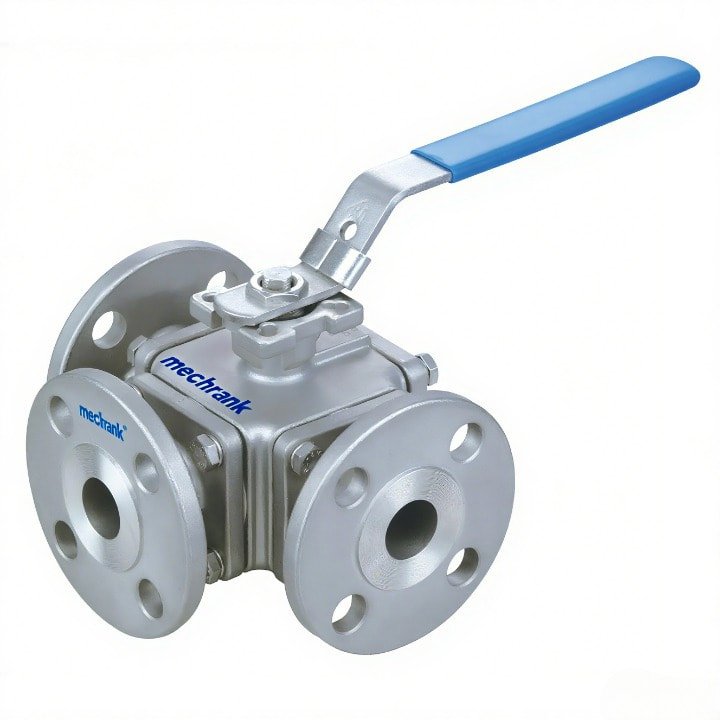
メリット
Ball valves have many good points in fluid systems. You can turn them off fast with just a quarter-turn. The lever shows if the valve is open or closed. This makes it easy to check. Ball valves seal tightly, so they stop leaks and save energy. They do not have many moving parts. This means they need less fixing and last longer than other valves.
について table below shows how ball valves and globe valves are different:
パラメータ | Ball Valve Benefits | Globe Valve Limitations/Notes |
|---|---|---|
主な機能 | Good for turning flow on or off | Better for changing flow speed |
Operating Mechanism | Needs only a quick turn | Needs more time to open or close |
Visual Detection | Lever makes it easy to see if open or closed | Harder to tell if flow is on or off |
耐久性 | Strong and does not leak easily | Leaks and wears out faster |
コスト | Costs less and needs less fixing | Costs more and is bigger |
Size & Weight | Small and light | Heavy and large |
Ball valves work in homes and factories. Full port types let lots of liquid move with little slowing down. They are used for water, gas, and chemicals because they fit many jobs.
Tip: Ball valves are great when you need to stop flow fast and easily.
欠点
Ball valves also have some bad points. They cannot control flow very well, so they are not good for slowing flow down. Closing them too fast can cause water hammer, which can hurt pipes. Using them a lot can wear out the seals and the ball. This can make leaks or make them work less well.
Some common problems are:
Leaks from rust or worn-out parts
Hard to fix because they are tricky to take apart
Noise if parts are loose or broken
Parts wear out if not oiled
Dirt can get inside and cause trouble
Not good for very slow flow
Hard to get exact pressure readings
Ball valves have limits for heat and pressure. If you go over these, the valve can break. Good valves may cost more, so you need to think about your budget. Taking care of the valve helps stop leaks and makes it last longer. If you do not take care of it, repairs can cost a lot.
Note: Ball valves can last 20 to 30 years in homes and 10 to 15 years in factories. But tough places can make them wear out faster.
What Are the Applications and Maintenance Requirements of Ball Valves?
Ball valves are primarily used in fluid and gas flow control systems, including oil and gas, chemical processing, and water treatment. Their robust design allows for efficient shut-off and flow regulation.
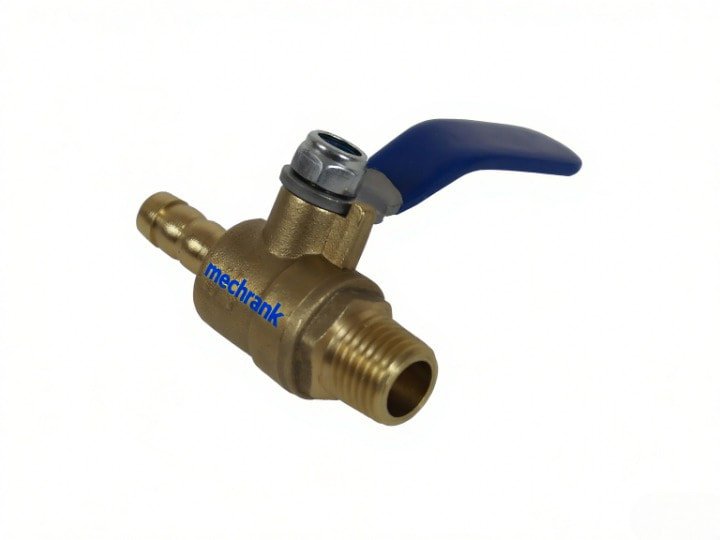
一般的な用途
Ball valves are used in many jobs. Oil and gas companies use the most valves. They need good flow control to keep things safe. Water treatment plants use valves to meet strict rules. Chemical plants, power plants, and paper mills also use valves. These valves help keep work safe and steady.
産業 | Reason for Heavy Reliance | |
|---|---|---|
Oil & Gas | 62 | High demand in upstream and downstream processes requiring reliable flow control |
水処理 | 41 | Government mandates and water quality/reuse requirements |
Chemical Processing | 28 | Safety and material compatibility needs drive demand |
発電 | 17.4 | High-pressure and high-temperature valve requirements |
Pulp & Paper | 8.6 | Industrial paperboard demand and moderate growth |
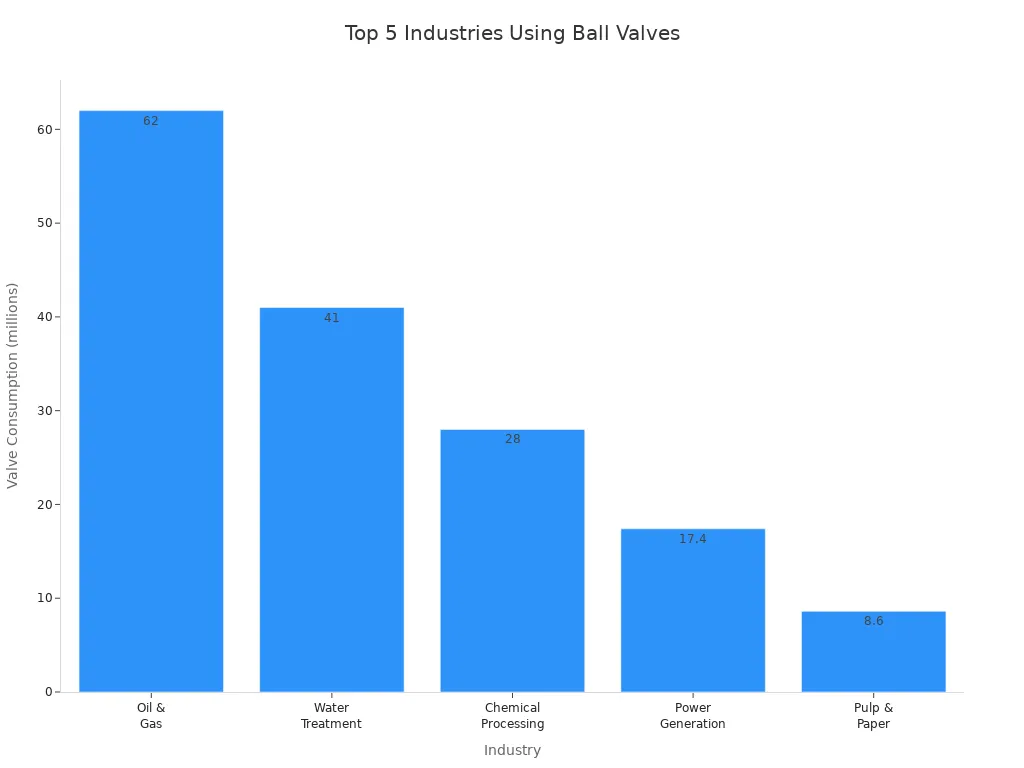
Ceramic valves are liked because they do not rust or melt. They help keep machines safe and lower repair needs.
インストール
Putting in a valve the right way keeps it safe. It also stops leaks. Here are steps for a pressurized pipe:
Clean the pipe ends and take off old tape or dirt.
Put PTFE tape or sealant on the threads, but skip the first thread.
Screw the valve on by hand, then use a wrench. Do not make it too tight.
Make sure the valve lines up and the handle is easy to use.
Turn the fluid back on slowly and look for leaks. Tighten if you see any.
Tip: Make sure you can reach and move the handle easily.
メンテナンス
Taking care of valves helps them last longer. Places that use valves a lot need more checks. The table shows what to do and how often:
Maintenance Step | Recommended Frequency and Notes |
|---|---|
クリーニング | At least once a year; more often in dirty areas |
潤滑 | As the manufacturer suggests; use the right lubricant |
Routine Inspections | More often for high-pressure use; check seals, bolts, and leaks |
Component Replacement | Replace worn seals and parts as needed |
Pressure Testing | Regularly test for leaks and valve function |
Note: Three-piece valves make it easier to change seals in busy places.
トラブルシューティング
Valves can have problems like leaks or getting stuck. The table lists common problems, why they happen, and how to fix them:
Issue | Causes | ソリューション |
|---|---|---|
Clogging | Dirt or debris | Clean and remove blockages |
Sticking | Rust, lack of lubrication | Lubricate or replace worn parts |
Corrosion | Harsh fluids or environments | Use resistant materials, inspect often |
Leaks | Worn seals, poor installation | Replace seals, reinstall if needed |
Actuator Problems | Motor or electrical failure | Inspect, recalibrate, or replace parts |
Check valves often and fix problems fast. Always follow safety rules and use the right tools for the job.
How Do Ball Valves Compare to Other Valve Types?
Ball valves are highly efficient for quick shut-off and control applications due to their simple operation and tight sealing capabilities. Their low torque requirement and minimal pressure drop make them ideal for various industries.
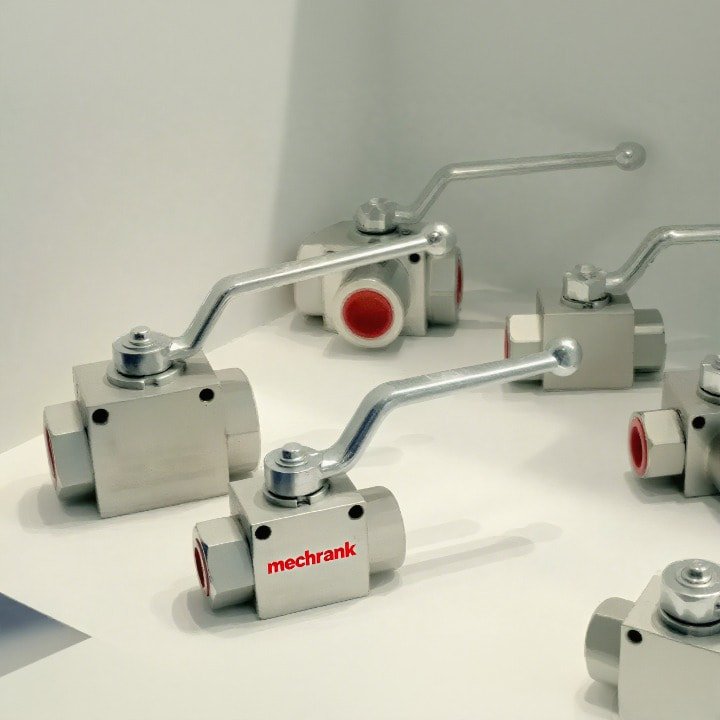
Comparison
Engineers look at different valves to pick the right one for each job. The table below shows how ball valves, gate valves, and butterfly valves are not the same. They are different in how they control flow, how fast they work, how well they seal, and how long they last.
特徴 | Ball Valve | Gate Valve | Butterfly Valve |
|---|---|---|---|
Flow Control | On/off only; no throttling; zero flow obstruction | Can modulate flow; minor pressure drop and turbulence | |
Operation Speed | Slow; needs many turns | Fast; 90-degree quick actuation | |
Sealing Tightness | Superior sealing; good for gases | High sealing; less tight than ball valves | Less tight shut-off; not 100% leak-proof |
耐久性 | Long service life; handles tough fluids | Durable; best for high pressure and large pipes | Less durable under high temperature and pressure |
Installation Space | Compact | Bulky; needs more space | Compact and lightweight |
メンテナンス | Easy to maintain; less prone to clogging | Good for cleaning with pigging | Not ideal for pigging |
Ball valves are liked because they work well and are easy to use. Many companies pick them because they seal well and have a simple design. They are best for turning flow on or off, especially when leaks are a big worry. Butterfly valves are small and cost less, but they may not seal as well. Gate valves are good for high pressure and big flows, but they open and close slowly.
注: Ball valves are not good for slow flow control. Globe valves are better for making small changes to flow.
セレクションのヒント
Picking the right valve means thinking about a few things. Here are some tips to help you choose the best valve for your job:
Check the Media Type: Make sure the valve is made from the right stuff for the fluid. Use PTFE or metal if the fluid is harsh or is a gas.
Match Valve Size and Flow Needs: Pick a valve that fits the pipe and lets enough fluid pass.
Review Pressure and Temperature Ratings: Make sure the valve can handle the highest pressure and heat in your system.
Decide on Valve Function: Choose if you need two-way or three-way valves, and if you want to turn it by hand or use a machine.
Consider Maintenance: Pick valves that are easy to clean and fix, especially if you need to check them a lot.
Choose Actuation Method: Manual valves are good for simple jobs. Use electric, pneumatic, or hydraulic actuators if you need to control the valve from far away or by machine.
Check Installation Space: Make sure there is enough room for the valve and its handle.
Ensure Compliance: Pick valves that follow the rules and safety standards for your industry.
Tip: Always use seals and valve bodies that match the fluid and system. This helps stop leaks and keeps the valve safe.
Ball valves are a good choice for controlling flow in many systems. People should make sure the valve faces the right way. Do not tighten the valve too much. Pick materials that fit what your system needs. Check the valve often and take care of it to stop leaks. This also helps the valve last longer. JSS Pipes そして Gemini Valve have helpful guides. These guides give tips on picking, putting in, and caring for valves. Knowing how the ball’s hole works helps you use the valve safely. It also helps you avoid mistakes.
よくあるご質問
What makes a ball valve different from other valves?
A ball valve uses a round ball with a hole to control flow. The quarter-turn design allows fast shutoff. Ball valves seal tightly and last longer than many other valve types.
Can a ball valve control flow speed?
Ball valves work best for on-off control. They do not adjust flow speed well. For precise flow control, engineers often choose globe or needle valves.
How can someone tell if a ball valve is open or closed?
The handle shows the valve’s position. When the handle lines up with the pipe, the valve stays open. When the handle sits at a right angle to the pipe, the valve stays closed.
What causes a ball valve to leak?
Leaks often happen when seals wear out or debris gets inside. Corrosion or poor installation can also cause leaks. Regular checks and cleaning help prevent leaks.
How long does a ball valve usually last?
A ball valve in a home can last 20 to 30 years. In factories, it may last 10 to 15 years. The lifespan depends on use, pressure, and maintenance.

